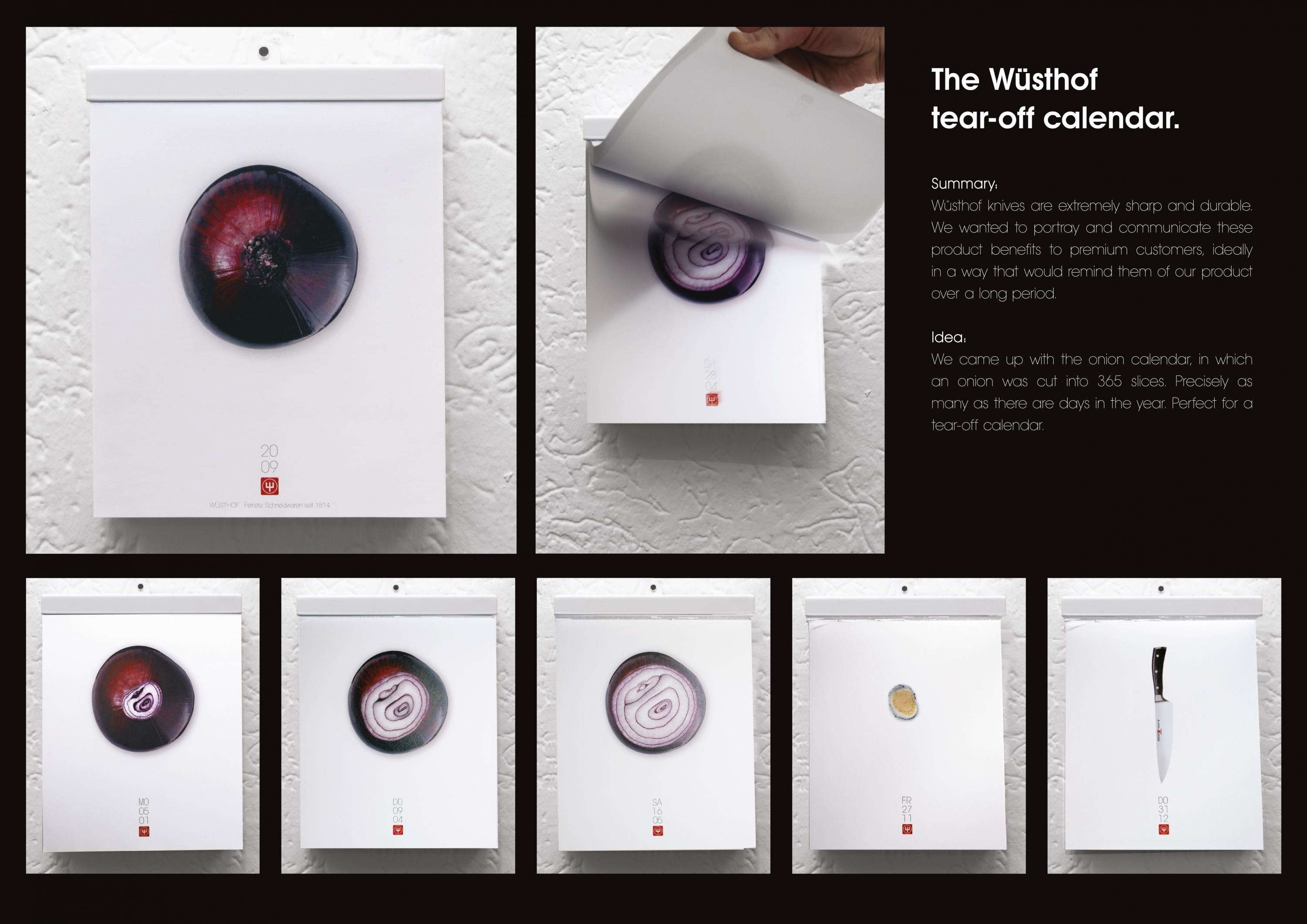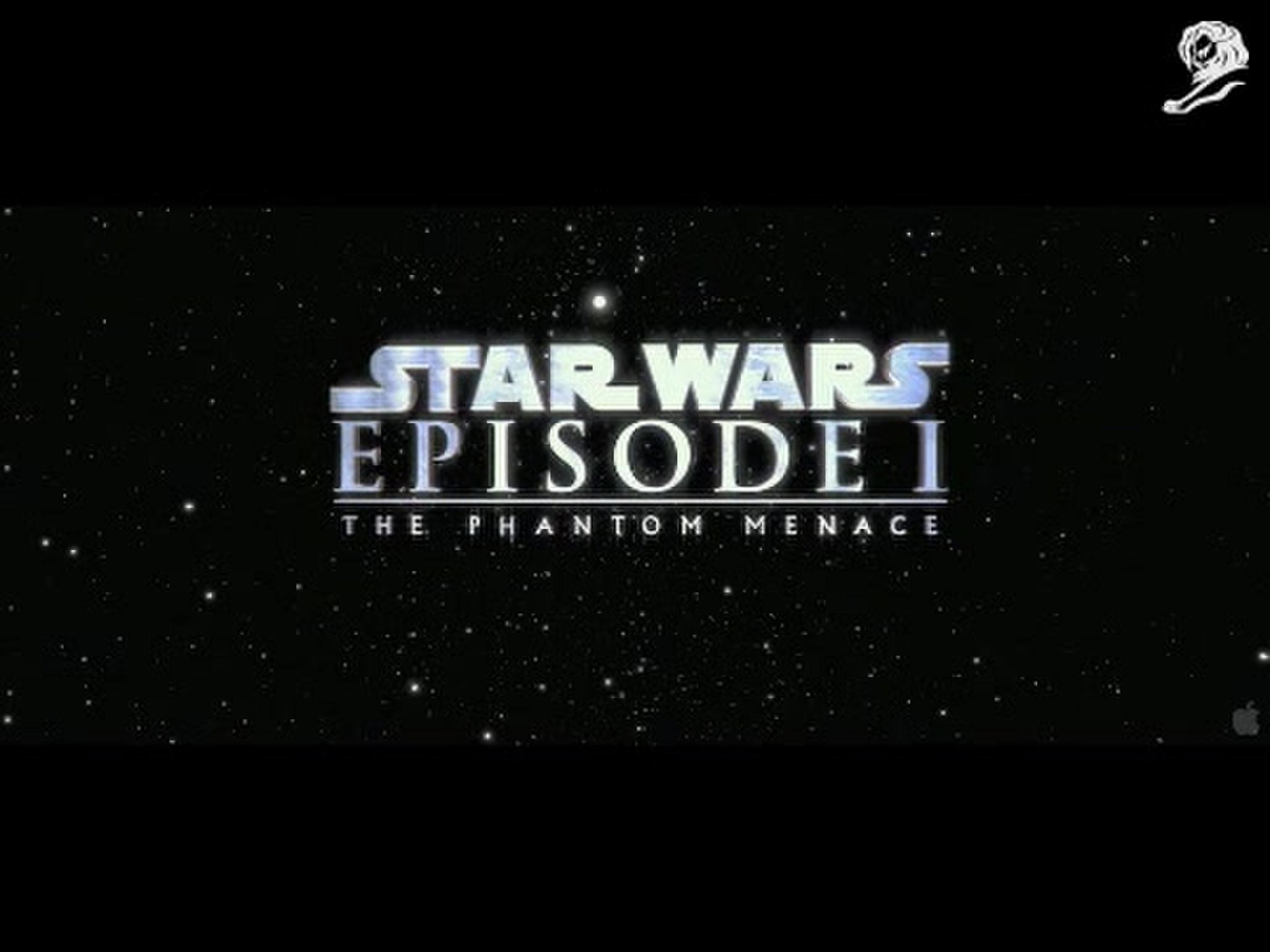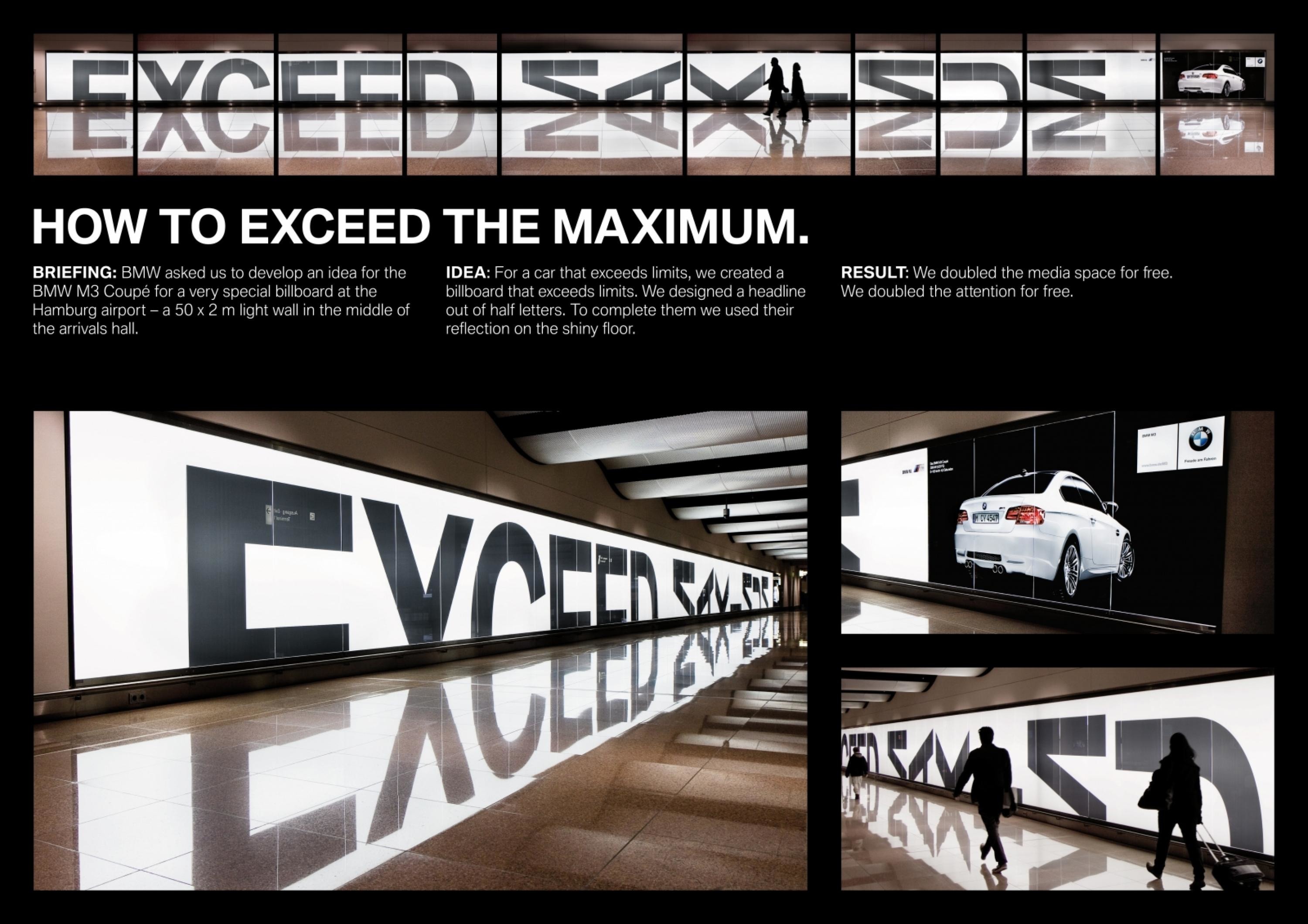Product Design Lions > Goods
DOT. THE FIRST BRAILLE SMARTWATCH.
SERVICEPLAN, Munchen / DOT INCORPORATION / 2016
Awards:
Overview
Credits
Overview
CampaignDescription
DOT. The first Braille Smartwatch. It brings new possibilities and benefits of the networked digital age to the wrists of millions of B&VI people worldwide.
The patented DOT Active Braille Technology reduces size, weight and price by more than ten times compared to existing digital Braille reading devices which rely on piezo-electricity.
B&VI people can benefit from DOT in all areas of life:
DOT makes communication easy and private,
provides fast access to information anywhere,
makes navigation and transport more convenient and safe,
enables efficient, independent and joyful education,
improves work performance and increases job opportunities,
supports leisure and sports activities.
Through the open DOT API, anyone can develop apps or services for DOT. Existing ones can be easily adapted. Apps for Braille education, social networking, navigation, newsfeed, weather and many more are already in development.
Execution
DOT is connected to the smartphone via Bluetooth and can receive any information in text-form, from any app or service – e.g. notifications, texts, directions.
It has a crown and two buttons for input – e.g. quick reply, accept calls, remote control.
DOT comes with full smartwatch functionality: time, timer, alarm, stopwatch, gyroscope and accelerometer. It’s made from superlight durable aluminum, the battery lasts for 7 days and it costs $290.
DOT’s patented Active Braille Technology is based on solenoid multi-actuators controlling four Braille cells with 24 pins by magnetism instead of piezoelectricity as in other Braille devices.
This reduces size and production cost, increases speed and keeps energy consumption low.
DOT uses haptic force feedback technology to detect finger movement on the pins and automatically change the pins to show the next characters. Along with software, this makes it possible to display text rapidly and conveniently even with limited Braille cells.
Implementation
DOT’s design is rooted in “Universal Design”. Simple and focused on functionality. The whole product, especially elements like crown and buttons are designed to be a “touching experience”, to suit the needs and user experience of B&VI people, considering size and feel.
DOT is made from superlight and durable aluminum 7000 series for the case and plastic as well as leather for the bands.
It is produced by an industrial manufacturing specialist company in Seoul.
DOT’s patented Active Braille Technology is based on solenoid multi-actuators controlling four Braille cells with 24 pins by magnetism instead of piezoelectricity as in other Braille devices.
This reduces size and production cost, increases speed and keeps energy consumption low.
DOT uses haptic force feedback technology to detect finger movement on the pins and automatically change the pins to show the next characters. Along with software, this makes it possible to display text rapidly and conveniently even with limited
Outcome
DOT will be available in late 2016. Thousands of B&VI people around the world are already experiencing its benefits as testers with early access to final prototypes, at trade fairs, roadshows and stationary retail partners and at schools.
60,000 DOTs have been pre-ordered so far.
Prominent visually impaired personalities like athlete Henry Wanyoike, singer Andrea Bocelli and musician Stevie Wonder support DOT.
There are cooperations with companies like Google and Uber, educational institutes and the 2018 Paralympic Games in Pyeongchang.
DOT Smartwatch is only the entry device into the assistive technology market. Based on its patented technology other applications are already in development: DOT Mini with lower price for developing countries. DOT Active Braille Technology for public facilities, such as ATMs and train stations. DOT Pad to be released in 2017.
Synopsis
285 Mio. people worldwide – 4% of the population – are blind and visually impaired (B&VI). Living without vision is complicated – and for the last 20 years, there were almost no innovations in communications technology for the B&VI:
Existing digital Braille reading devices are heavy, bulky and expensive. They weigh around 2kg, require carrying bags and cost in between $3,000 to $15,000.
This makes them unaffordable to the majority of B&VI people: only 5% own such a device – not to speak of the situation in developing countries.
Audio solutions are impractical, because hearing is important for B&VI people: Earphones isolate from the surrounding, making orientation and communication difficult, loudspeakers eliminate privacy. For deaf-blind people, Braille is essential.
This “discrimination by technology” causes disadvantages in social life and especially in education: Braille literacy has decreased to under 10%, despite studies showing that Braille literacy leads to a 3 times higher chance of employment.
More Entries from Communication in Product Design Lions
24 items
More Entries from SERVICEPLAN
24 items












